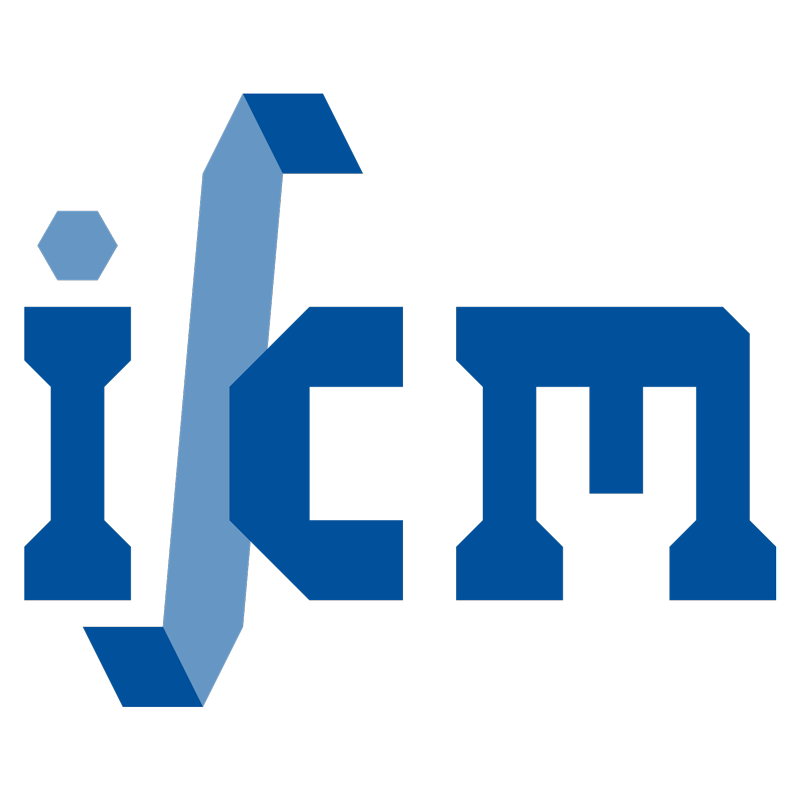Numerical model for the characterization of Maxwell-Wagner relaxation in piezoelectric and flexoelectric composite material
- verfasst von
- B. H. Nguyen, Xiaoying Zhuang, Timon Rabczuk
- Abstract
Bi-layer structures can be engineered to investigate the interfacial polarization (Maxwell-Wagner polarization) of heterogeneous dielectric material, which shows the frequency-dependent property of the effective dielectric permittivity. However, in piezoelectric or flexoelectric heterostructures, behaviors of the effective piezoelectric or flexoelectric coefficients are remained unclear. Therefore, in this work, we present a numerical model of the Maxwell-Wagner polarization effect in a bi-layer structure made of piezoelectric or flexoelectric material. In this model, the conductivity, which qualitatively represents the free charge in a real dielectric material, is introduced to the complex dielectric permittivity. Several numerical examples are performed to validate the model and investigate the frequency dependence of the effective dielectric permittivity, piezoelectric and flexoelectric coefficients as well as the giant enhancement of dielectric constants. It is found that the static (at low frequency) and the instantaneous (at high frequency) effective coefficients are governed by those of the thin and thick layer, respectively. Moreover, both conductivity and volume ratio play essential roles in the enhancement of the dielectric constant that is underpinned by the Maxwell-Wagner effect.
- Organisationseinheit(en)
-
Institut für Kontinuumsmechanik
- Externe Organisation(en)
-
Dalian University of Technology
Ton Duc Thang University
- Typ
- Artikel
- Journal
- Computers and Structures
- Band
- 208
- Seiten
- 75-91
- Anzahl der Seiten
- 17
- ISSN
- 0045-7949
- Publikationsdatum
- 01.10.2018
- Publikationsstatus
- Veröffentlicht
- Peer-reviewed
- Ja
- ASJC Scopus Sachgebiete
- Tief- und Ingenieurbau, Modellierung und Simulation, Allgemeine Materialwissenschaften, Maschinenbau, Angewandte Informatik
- Elektronische Version(en)
-
https://doi.org/10.1016/j.compstruc.2018.05.006 (Zugang:
Geschlossen)


